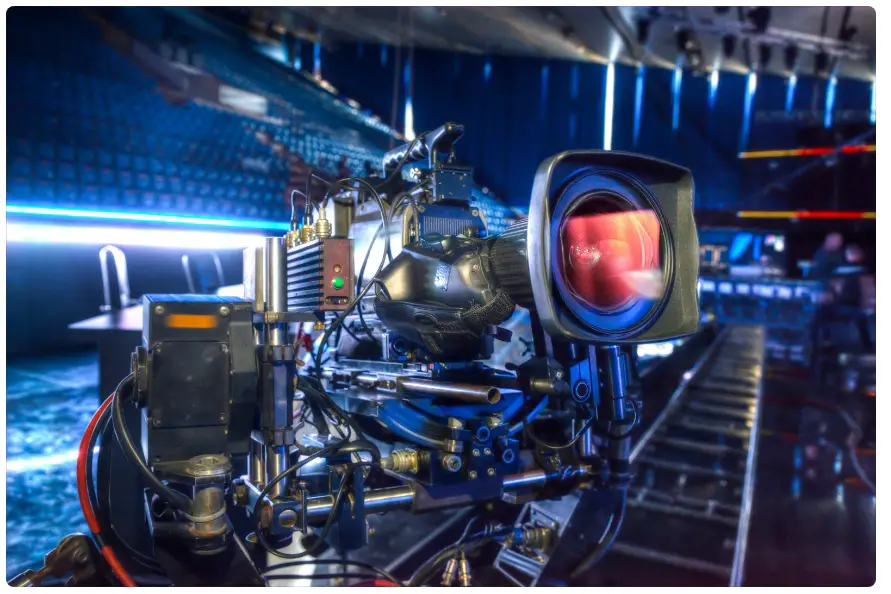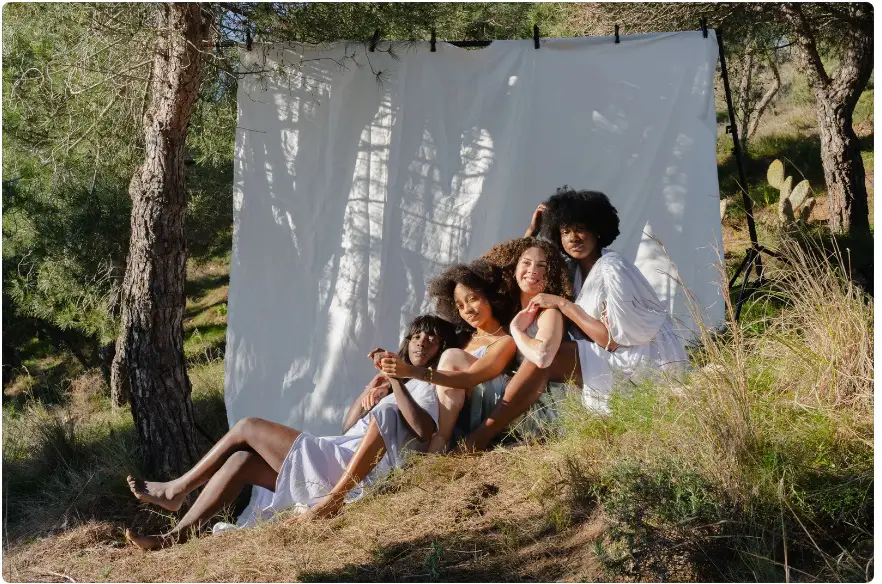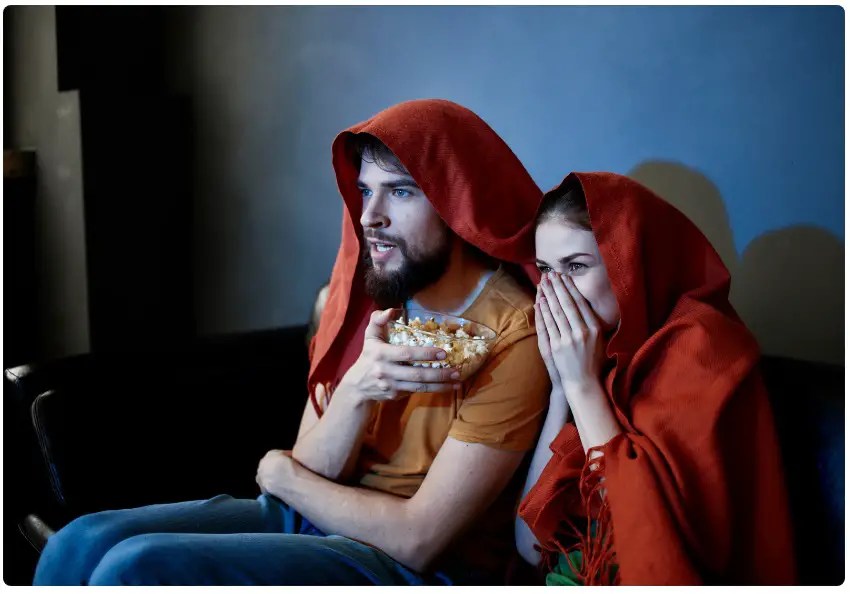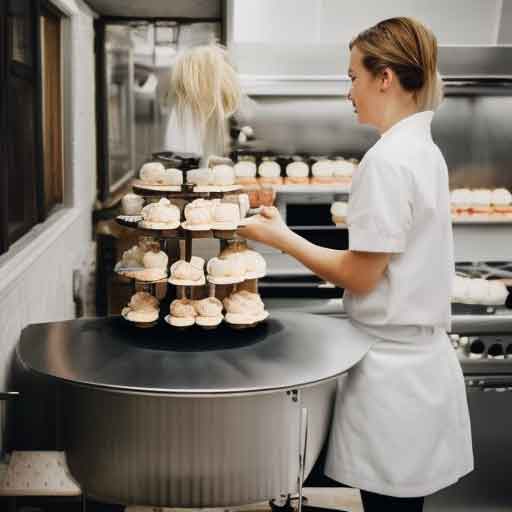Reality television has long captivated audiences worldwide, drawing us into the lives, challenges, and drama of its participants. While many are lured by the promise of unscripted authenticity, few truly understand the intricacies behind capturing these ‘real-life’ moments. The vast world of reality TV is more than just dramatic face-offs and tearful confessions; it’s a harmonious dance of technology, strategy, and human interaction.
The question is: how do these raw, spontaneous scenes come alive on our screens? What happens behind those camera lenses and before the director’s cut to bring reality to our living rooms? This dive into the world of reality television filming will unravel the techniques, tools, and talent at play. Ready to unveil the magic behind your favorite shows? Let’s take a closer look.
Contents
1. The Multiple Camera Approach
Reality TV thrives on capturing the unexpected. Every frown, smile, or spontaneous event needs to be filmed, and this requires a strategic approach. Enter the multiple camera setup. Unlike traditional television or movies, which might employ a single-camera setup, reality TV often utilizes a plethora of cameras operating simultaneously. This ensures that every angle of a conversation, confrontation, or event is covered, leaving no room for missed opportunities.
Typically, the number of cameras varies based on the nature of the scene. A simple one-on-one conversation might have two to three cameras capturing individual reactions and a wider shot. In contrast, challenge events or larger group interactions could employ five or more cameras. This setup not only captures the action from various perspectives but also aids the editing team in weaving together a seamless narrative. The multi-camera method is paramount in ensuring that reality TV remains as ‘real’ and unmissable as possible.
2. Types of Cameras Used
The world of reality TV is vast and varied, which means the tools used must be versatile enough to adapt to any situation. Over the years, different types of cameras have become staples in the industry. DSLRs, with their compact size and ability to deliver high-quality footage, often find a place in scenarios where mobility and discretion are essential. Camcorders, on the other hand, are preferred for their extended recording capabilities and ergonomic design, ideal for lengthy shoots.
Action cameras like GoPros have introduced a whole new dimension to reality filming. Their tiny frames and wide-angle lenses can capture intense physical challenges or activities from unique perspectives, providing a more immersive viewer experience. Finally, drones have elevated the cinematography game, giving audiences breathtaking aerial views of locations and challenges, especially in reality shows centered around travel or outdoor competitions.
Together, these cameras cater to the dynamic and unpredictable world of reality television, ensuring every moment, big or small, is recorded in its full glory.
3. Hidden Cameras & The Element of Surprise
Reality TV is, at its heart, a pursuit of authenticity. And what better way to capture genuine reactions than with hidden cameras? These discreet devices are strategically placed to record without the knowledge or full awareness of the participants, ensuring the rawest of emotions come to light. From surprise encounters to undercover operations, hidden cameras provide viewers a peek into moments that would otherwise be inaccessible.
However, with this power comes a responsibility. The use of hidden cameras often treads a fine line between capturing genuine reactions and infringing on personal privacy. Ethical considerations play a significant role. Consent is paramount, and participants usually sign agreements acknowledging the potential use of hidden cameras. Still, the boundary between ethical filming and voyeurism can be thin.
Nevertheless, the appeal is undeniable. In a genre where unexpected twists and turns are the order of the day, hidden cameras serve as invaluable tools, amplifying the surprise factor and offering viewers an unfiltered view of reality.
4. The Omnipresent Microphone
While the visual spectacle of reality TV is what first captures the viewer’s attention, it’s the spoken word that often leaves the most lasting impact. Enter the vital role of microphones in the reality TV landscape. Capturing clear, crisp audio is just as crucial as getting the perfect shot. Misunderstandings, heart-to-hearts, and fiery confrontations hinge on every uttered word.
Lavalier mics, or ‘lav mics,’ are small clip-on microphones that are usually attached discreetly to a participant’s clothing. They are ideal for capturing individual dialogues without intrusive setups. Boom microphones, handled by crew members, hover above scenes, picking up audio while staying out of the camera’s view. Handheld mics are typical for interviews or confessionals, while hidden mics, much like hidden cameras, capture audio incognito.
The challenges of reality TV audio are many: outdoor settings, ambient noise, and overlapping dialogues. Yet, with the right microphone and skilled sound engineering, these hurdles are surmounted, ensuring that every whisper, shout, and laugh reaches the eager ears of viewers worldwide.
5. The Unseen Hours: From Raw Footage to Final Cut
For every hour of reality TV that captivates viewers, there are countless hours of footage that never see the light of day. The filming process for these shows is exhaustive. Cameras roll almost continuously, capturing everything in the hopes of finding those golden moments that define episodes and seasons. But what happens to all this raw footage?
The post-production phase is where the magic truly happens. From the accumulated hours of material, a narrative begins to emerge. Editors, working closely with producers, sift through the content, selecting moments that drive the story forward. Whether it’s a contestant’s triumphant victory, a heartbreaking revelation, or a sudden twist, these moments are the building blocks of the final product.
However, this meticulous process poses its challenges. Ensuring continuity, maintaining authenticity, and crafting a cohesive storyline from disjointed scenes are tasks that demand precision and artistry. Moreover, the responsibility of portraying participants fairly, without taking moments out of context, weighs heavily on the editing team.
In essence, while filming is the foundation of reality TV, it’s the unseen hours of editing that shape the structure, determining how stories are told and remembered.
6. Reality in Controlled Environments
While reality TV aims to portray genuine moments and reactions, it’s essential to understand that many of these shows aren’t as spontaneous as they appear. Many are filmed in controlled environments, where producers have a say in the setting, the ambiance, and sometimes even the unfolding events.
Constructed reality shows, like some popular “house” formats, have participants living, competing, or interacting within set boundaries. These environments, though seemingly organic, are meticulously planned to facilitate specific interactions or events. Lighting, decor, and even the placement of objects can be manipulated to influence the mood or outcomes.
Then there’s the role of the producers. While not directly scripting events, they can “nudge” scenarios or introduce elements that spark reactions. It could be a surprise guest, an unexpected challenge, or a strategically placed piece of information.
Such interventions, though often criticized, are defended as necessary to maintain viewer engagement. Reality TV, after all, is as much about entertainment as it is about reality. As viewers, understanding the blend of spontaneity and orchestration offers a more nuanced perspective, allowing us to appreciate the genre in all its complexity.
7. The Role of Producers & The Storyboard
Beyond the spotlight of contestants and the captivating visuals lies the influential hand of the producer. Producers are the puppeteers of reality TV, orchestrating the grand show while remaining behind the curtains. Their role is multifaceted, bridging the gap between raw footage and the narrative-driven episodes we indulge in.
Every reality show starts with a vision, a blueprint – often referred to as a storyboard. While the exact events can’t be predicted, producers create a rough structure, anticipating potential story arcs, relationships, and key moments. This storyboard acts as a guide, helping the crew understand what to focus on during filming.
However, the true art lies in tweaking this storyboard in real-time. As real-life events unfold, producers often make on-the-spot decisions, guiding participants or introducing new elements to steer the narrative. This might include reshuffling challenges, bringing in surprise elements, or even having heart-to-heart chats with participants to elicit deeper emotions.
Some critics argue that this involvement can dilute authenticity. However, proponents believe it’s essential for maintaining pacing and engagement. The balance is delicate, ensuring the essence of ‘reality’ remains while weaving an engaging story for viewers.
8. Capturing Authentic Emotion: Challenges & Benefits
Reality TV thrives on emotion. The laughter, tears, anger, and joy are the hooks that keep viewers coming back for more. But capturing these authentic emotions is both a challenge and a prized achievement.
The presence of cameras, crew, and the inherent knowledge of being watched can influence participants’ behaviors. Some might play to the cameras, while others may become reserved. The challenge for producers and crew is to create an environment where participants forget the cameras and act naturally.
When genuine emotions are captured, they resonate deeply with viewers. Authentic moments, be it a contestant’s sheer joy at winning a task or the heartbreak of a personal revelation, form the crux of memorable reality TV episodes. These moments not only elevate the show’s entertainment value but also create a deeper connection between participants and the audience.
However, the ethical dimension is ever-present. With the power to broadcast intimate emotions to millions, producers must tread carefully, ensuring participants’ well-being and mental health are prioritized. In the end, the true success of a reality show lies not just in the drama it portrays, but in the respect and sensitivity with which it treats its real-life stars.
9. Specialty Shots: Drones, Go-Pros, and More
As technology has advanced, so too has the toolkit for filming reality TV. Specialty shots, once the domain of high-budget films, have found their way into reality shows, adding depth, drama, and a touch of cinematic flair.
Drones, with their ability to soar and capture sweeping panoramas, have revolutionized the way audiences perceive locations. Whether it’s an overhead view of a dramatic race finish or showcasing the beauty of a remote location, drones bring an expansive perspective that ground-based cameras simply can’t match.
Action cameras, like GoPros, provide the antithesis to the drone’s grandeur. These compact, rugged devices can be mounted anywhere, offering an intimate, first-person perspective. Whether attached to a contestant during a rigorous physical challenge or placed in tight spaces for a unique viewpoint, they bring viewers directly into the action.
These innovations aren’t just aesthetic additions; they play a pivotal role in storytelling. A drone shot can amplify the magnitude of a challenge, while a GoPro can immerse viewers in the personal struggles and triumphs of participants. They’re a testament to how reality TV has evolved, constantly embracing new techniques to enrich the viewer experience.
10. Behind-the-Scenes Crew: The Unsung Heroes
While reality stars bask in the limelight, an army of professionals works tirelessly behind the scenes to make every shot, sound, and sequence come alive. This crew, the unsung heroes of reality TV, ensures that the show runs smoothly, often under unpredictable and pressure-filled circumstances.
Camera operators, wielding equipment for long hours, capture moments as they unfold, constantly anticipating and adjusting to the action. Sound engineers juggle multiple audio sources, ensuring clarity amidst the cacophony. Lighting technicians, set designers, and logistics teams set the stage, literally and figuratively, for the drama to play out.
But their roles go beyond the technical. Crew members often form bonds with participants, becoming confidantes and offering support during intense moments. They navigate the fine line between professional detachment and personal involvement, understanding that their primary role is to document, not influence.
In the end, while participants and dramatic twists might grab headlines, it’s the collective effort of the behind-the-scenes crew that truly shapes reality TV. Their dedication, expertise, and passion ensure that real-life stories are told with authenticity, flair, and a touch of magic.
Conclusion
Reality television, often seen as unscripted and raw, is a testament to the intricate choreography of technology, human emotions, and storytelling. While audiences are drawn to the authentic reactions and spontaneous moments, the behind-the-scenes magic ensures that these moments are captured perfectly. The blend of multiple cameras, strategic mic placements, and the ever-watchful eyes of a dedicated crew gives life to the hours of entertainment we consume.
As viewers, understanding this vast and meticulous process not only deepens our appreciation for the genre but also broadens our perspective on the delicate balance between reality and the art of production. For every reality TV star we see, there’s a hardworking team making sure their story shines on screen. As the saying goes, reality isn’t always what it seems – especially on television.




